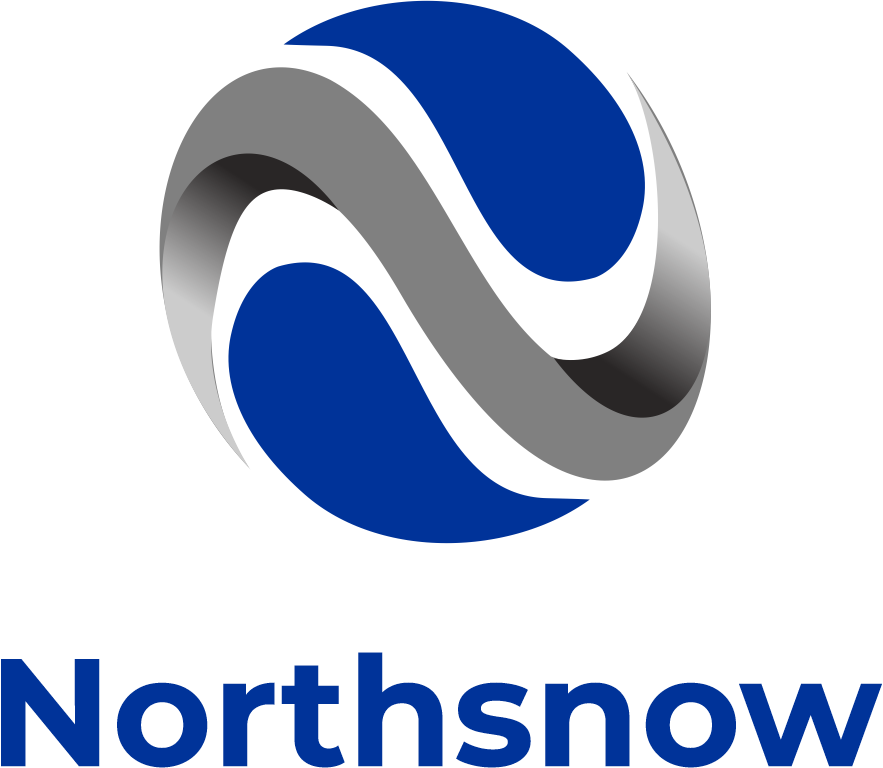In today’s digital landscape, understanding and implementing effective data protection regulations has become essential for businesses of all sizes. As organizations collect, process, and store increasing amounts of sensitive information, navigating the intricate web of privacy regulations can seem overwhelming. This Northsnow comprehensive guide explores the current state of data privacy laws and provides practical insights for achieving regulatory compliance.
The Evolving Landscape of Data Protection Laws
The global approach to data protection has undergone significant transformation in recent years. Since the implementation of the European Union’s GDPR compliance requirements in 2018, numerous regions have followed suit with their own comprehensive frameworks. The California Consumer Privacy Act (CCPA), Brazil’s Lei Geral de Proteção de Dados (LGPD), and various other international data privacy requirements have created a complex regulatory environment that demands attention.
For businesses operating across borders, understanding these varied regulations presents a particular challenge. Each framework comes with its own definitions, requirements, and penalties for non-compliance. The question many organizations face is no longer if they need a corporate data protection strategy, but rather how to develop one that addresses multiple regulatory standards simultaneously.
Key Components of a Robust Compliance Framework
Developing a strong data protection compliance checklist should begin with these fundamental elements:
1. Data Mapping and Inventory: Before compliance can be achieved, organizations must thoroughly understand what personal data they collect, where it resides, how it flows through systems, and who has access to it.
2. Risk Assessment: Conducting regular data protection impact assessments allows businesses to identify potential vulnerabilities and prioritize remediation efforts.
3. Policy Development: Comprehensive policies documenting how your organization manages personal data serve as the backbone of compliance efforts.
4. Individual Rights Procedures: Many modern privacy regulations grant specific rights to individuals regarding their personal information. Establishing clear procedures for handling these requests is crucial.
5. Vendor Management: Third-party relationships often present significant risk. Implementing robust vendor assessment processes helps ensure partners meet your compliance standards.
Industry-Specific Considerations
Different sectors face unique challenges when implementing data protection for businesses. Healthcare organizations must navigate the intersection of regulations like HIPAA with broader privacy frameworks. Financial institutions face additional requirements regarding customer data security, while technology companies often grapple with complex cross-border data transfer regulations.
Regardless of industry, appointing a designated individual, often a Data Protection Officer to oversee compliance initiatives can provide necessary focus and accountability. This role has become increasingly important as regulations mature and enforcement actions increase.
Practical Steps Toward Compliance
If you are wondering how to comply with data protection laws, consider these actionable steps:
– Conduct a gap analysis comparing current practices against applicable regulatory requirements
– Prioritize remediation efforts based on risk level and regulatory deadlines
– Implement privacy by design principles in new initiatives
– Develop and deliver targeted training programs for employees
– Establish monitoring mechanisms to detect compliance issues early
– Document compliance efforts thoroughly
The Benefits Beyond Compliance
While regulatory requirements may initially appear burdensome, organizations implementing robust data protection regulation frameworks often discover unexpected benefits. Enhanced data governance practices typically lead to improved data quality, which can drive better business decisions. Additionally, transparent privacy practices build consumer trust, an increasingly valuable commodity in today’s market.
Looking Ahead: The Future of Data Protection
The regulatory landscape continues to evolve rapidly. Organizations that approach data privacy laws as an ongoing journey rather than a one-time project will be better positioned for long-term success. Staying informed about emerging regulations, court decisions, and enforcement trends is essential for maintaining compliance.
As technologies like artificial intelligence and the Internet of Things expand, they will bring new privacy challenges requiring innovative approaches to data protection compliance. Forward-thinking organizations are already considering how these developments might impact their compliance obligations.
In conclusion, successfully navigating data protection regulations requires a balanced approach that addresses compliance requirements while supporting business objectives. By understanding the core principles underlying various regulatory frameworks, organizations can develop adaptable strategies that position them well for current and future requirements.
Remember that compliance is not merely about avoiding penalties, it is about demonstrating respect for individual privacy rights and building trust with customers, employees, and partners. In today’s data-driven economy, this approach is not just good compliance; it is good business.
Do you need more guidance on specific aspects of data protection regulations? Contact our team of experts at Northsnow at info@northsnow.org or visit our website, www.northsnow.org to book a comprehensive strategy session.

